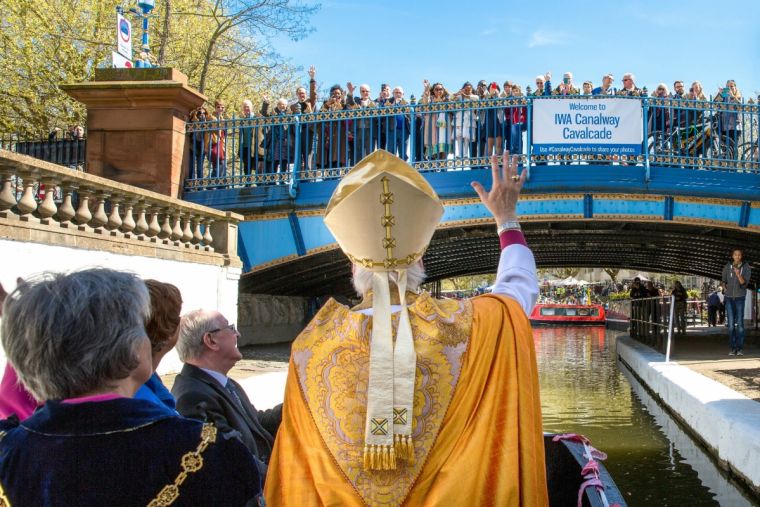How Will The Next Bishop Of London Be Chosen?

The Bishop of London Richard Chartres retires next month after 10 years. He is among the most charismatic as well as most orthodox of all the Bishops in the Church of England. Not only has he held together the Church's most diverse diocese, he has led it to remarkable growth. Evangelical, Anglo-Catholic, even liberal – all have thrived on his watch. Not least, as Dean of the Chapels Royal, he has built an extraordinarily strong relationship with the Royal Family. His last public engagement as bishop will be Candlemas at St Paul's Cathedral on February 2.
1. So Bishop Richard Chartres is retiring. Do we know who will succeed him?
As Christian Today reveals exclusively today, the favourite is the Bishop of Chelmsford, Stephen Cottrell, followed by the Bishop of Gloucester Rachel Treweek, Bishop of Stepney Adrian Newman, Bishop of Birmingham David Urquhart and Chaplain to the Speaker of the House of Commons, Rose Hudson-Wilkin.
2. Some of those are women. How likely is it a woman will be chosen?
No woman currently has the experience as a bishop that many in the diocese believe is needed to lead it, simply because they have not been consecrated for long enough. London is one of the top five dioceses – the order is Canterbury, York, London, Durham, Winchester. The next one of these to become vacant after London will be York, in three years when Archbishop John Sentamu turns 70. Church leaders certainly want a woman in one of the top jobs so if a woman does not get London, it is likely one will go to York. In a way that makes more sense because they will have more experience, although Archbishop Justin Welby went to Canterbury after just one year at Durham. Chartres did not himself ordain women priests and everyone knows God has a sense of humour. Under the Holy Spirit, anything is possible.
3. Who chooses the next bishop?
HM The Queen actually makes the appointment. She is Supreme Governor of the Church of England which is established by law. But that is just the end of a very very long process.
4. How does the process start?
First the current incumbent must leave his post which actually hasn't happened yet so it has not started, even though speculation about the successor has begun. As soon as Richard Chartres has gone, at the start of February, the London diocese will appoint members of its Vacancy in See committee. This committee must work out the "challenges and priorities" for the next bishop. It draws up a "statement of needs" and also elects six people from the diocese to serve on the Crown Nominations Commission (CNC). In addition, both the Prime Minister and the Archbishop of Canterbury have "appointments secretaries". These are in effect civil servants who advise the Church throughout the process. They are involved at every stage, including the Vacancy in See committee, and produce a "memorandum" to help the Church.
5. What is the Crown Nominations Commission and what does it do?
The CNC nominates the successful two candidates in order of preference to the Prime Minister who advises the Queen, who makes the appointment. The convention is for the first name to be chosen. The CNC is made up of six diocesan members, six members elected by the General Synod and the Archbishops of Canterbury and York. The synod members are elected every five years, an event that is imminent at the next synod in February.
6. How do they choose the candidates?
A long list and a short list are drawn up by the CNC which must meet at least twice. First though an advertisement is placed in the national and Church press. Anyone can nominate someone – or apply themselves. Four candidates are called for interviews. Meetings for London will be held at Lambeth Palace, Archbishop Welby's office, and last all day. The precise dates will remain private, though.
7. How long will it all take?
A long time. After the appointment is made, there has to be a formal election in the diocese, a confirmation of election and then an enthronement at St Paul's cathedral. London will hopefully have its new bishop by next Christmas.











